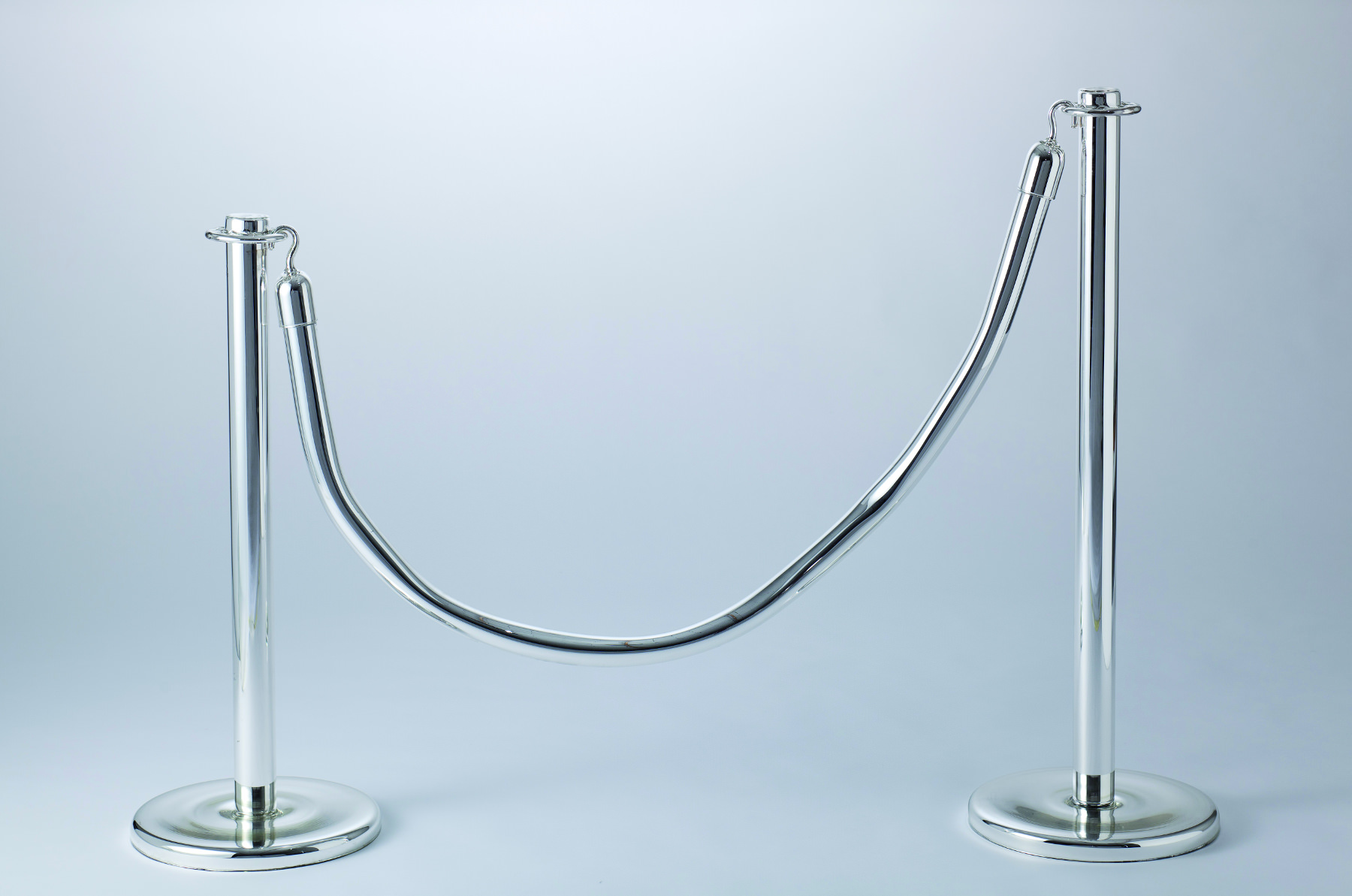Michael Joo was born in 1966 in Ithaca, New York, and lives and works in New York. Since the beginning of his artistic career, he has always tried to link mechanisms through which visible and living entities-such as the human body, plants, and animals-are connected to invisible entities.
Michael Joo
Bio
Expanded Access, 2011
Mirrored borosilicate glass
85 x 67 x 8 cm / 155 x 290 x 290 cm
Glasstress 2019, Glasstress Boca Raton, Glasstress Beirut, Glasstress New York, Glasstress 2011

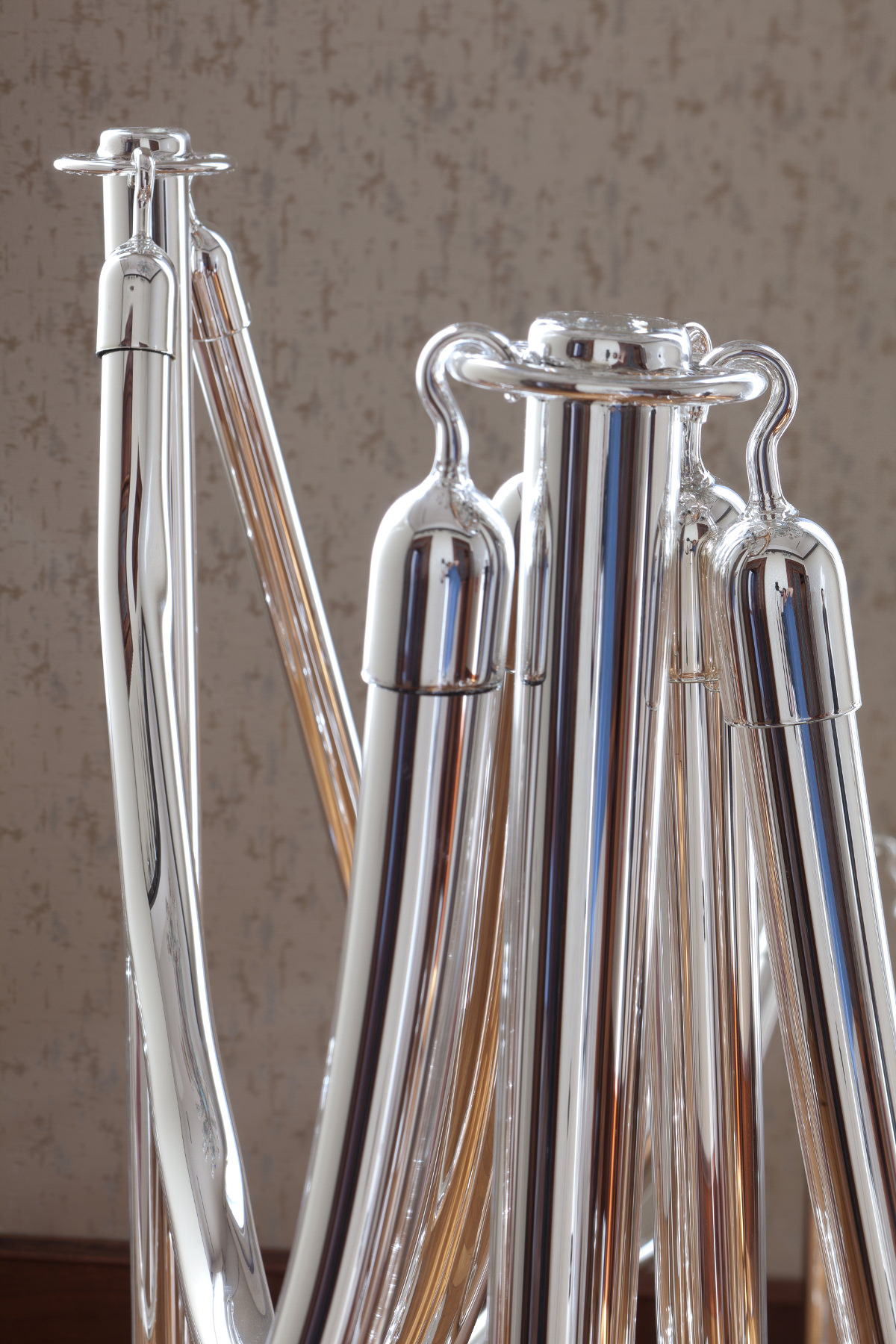
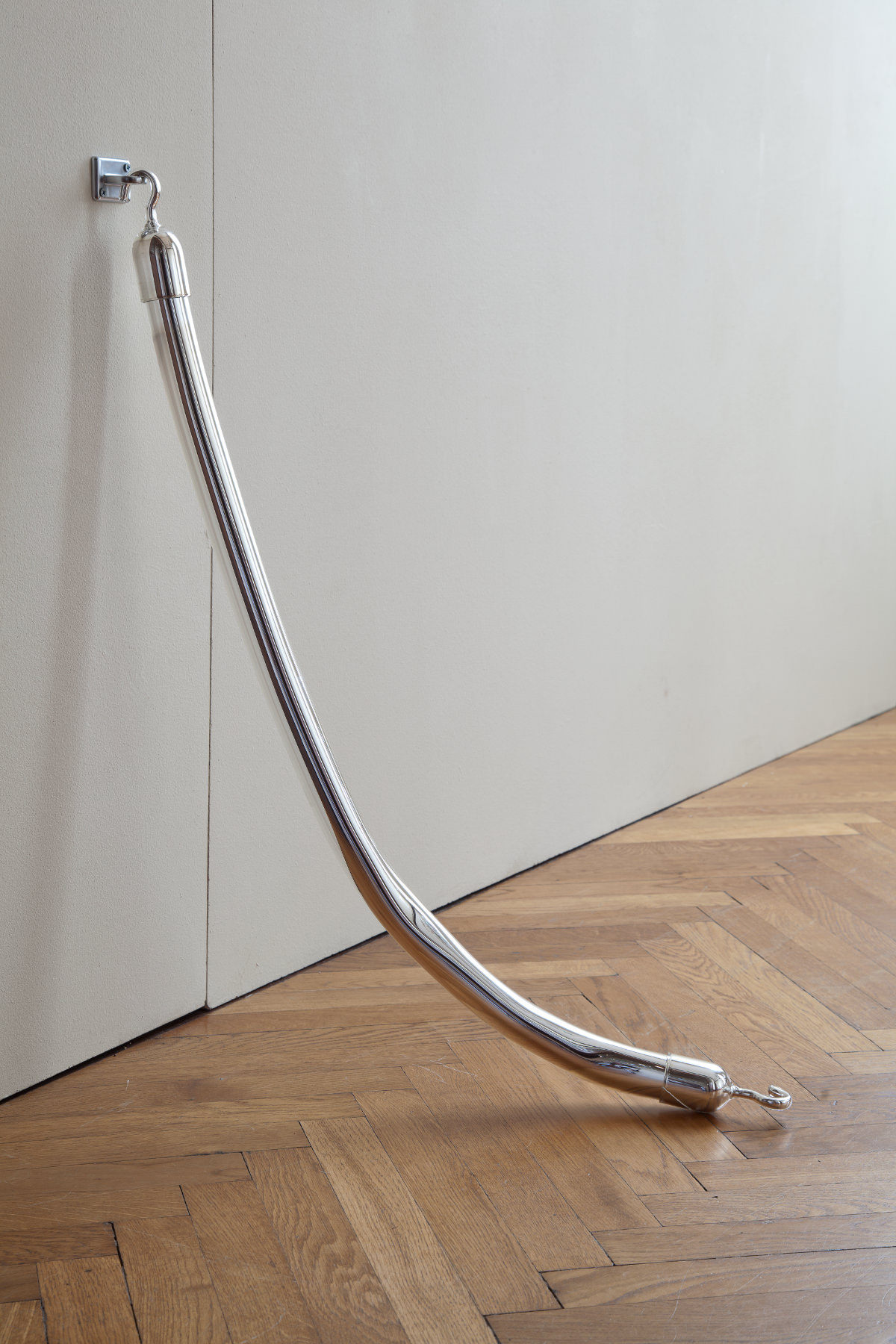
Pericardium, 2015
Glass, antlers
36 x 45 x 40 cm
Glasstress 2015
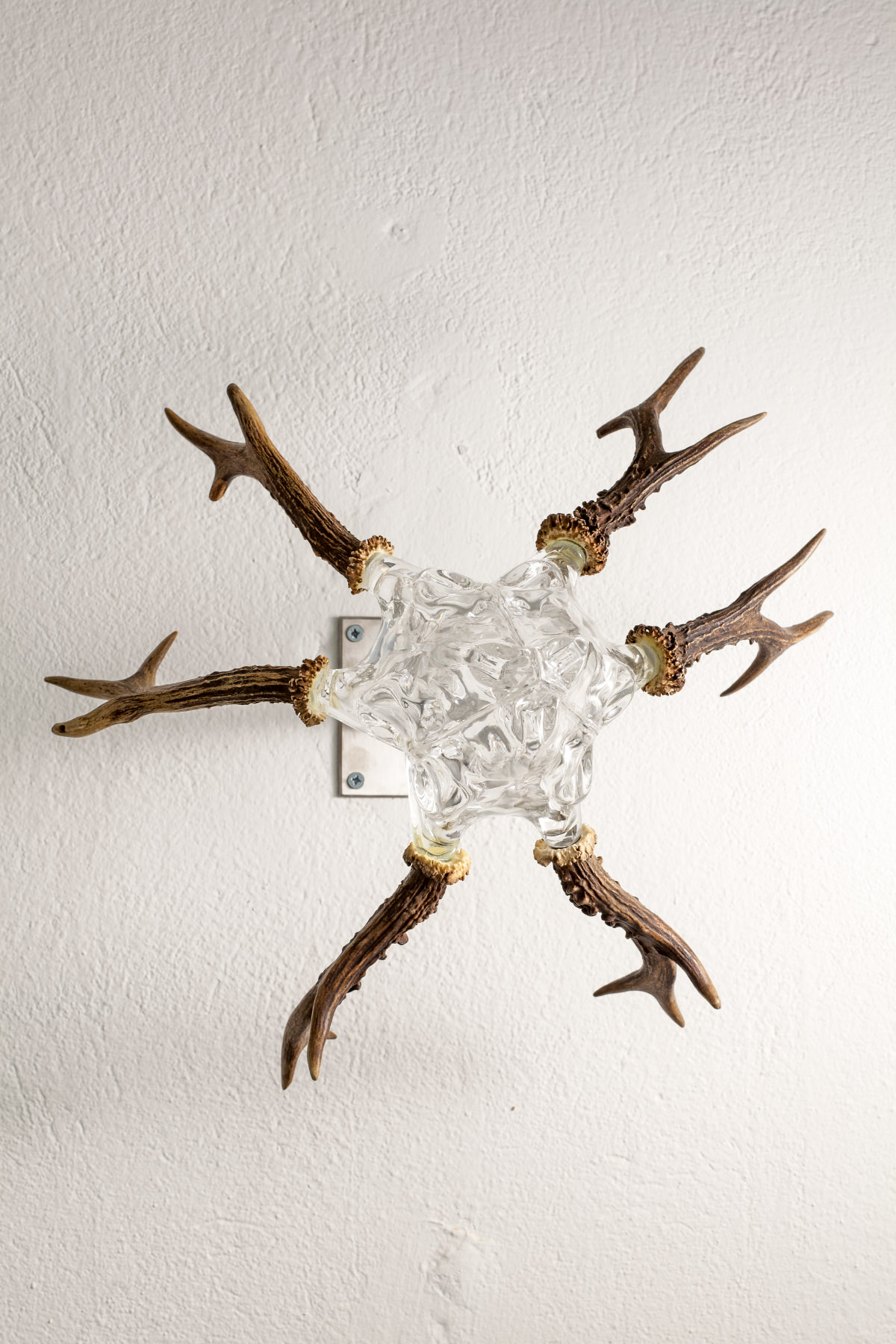
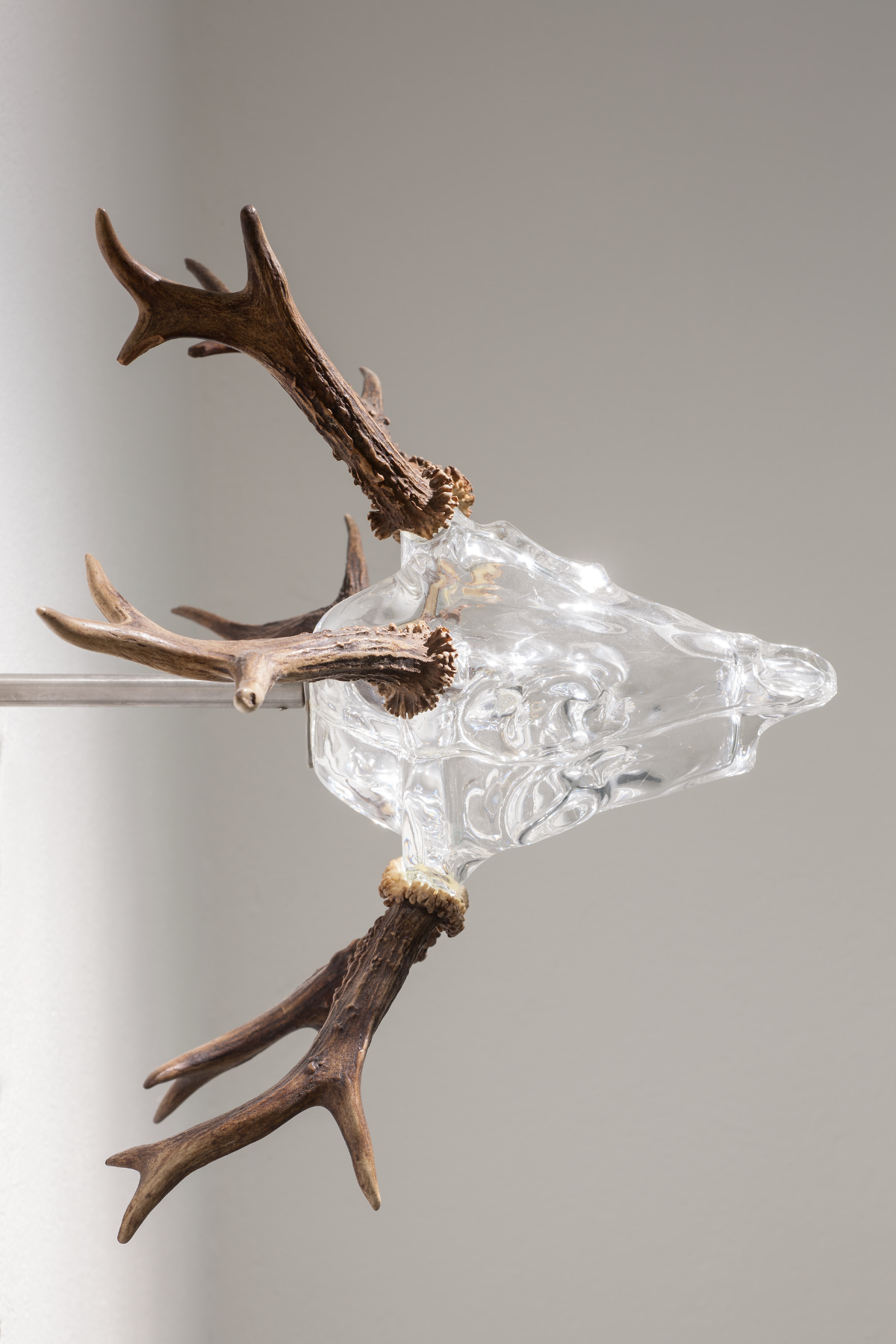
Dissembled (Version 2), 2013
Low iron glass, polymer alloy with steel inserts
308 x 308 x 62 cm
Glasstress 2013
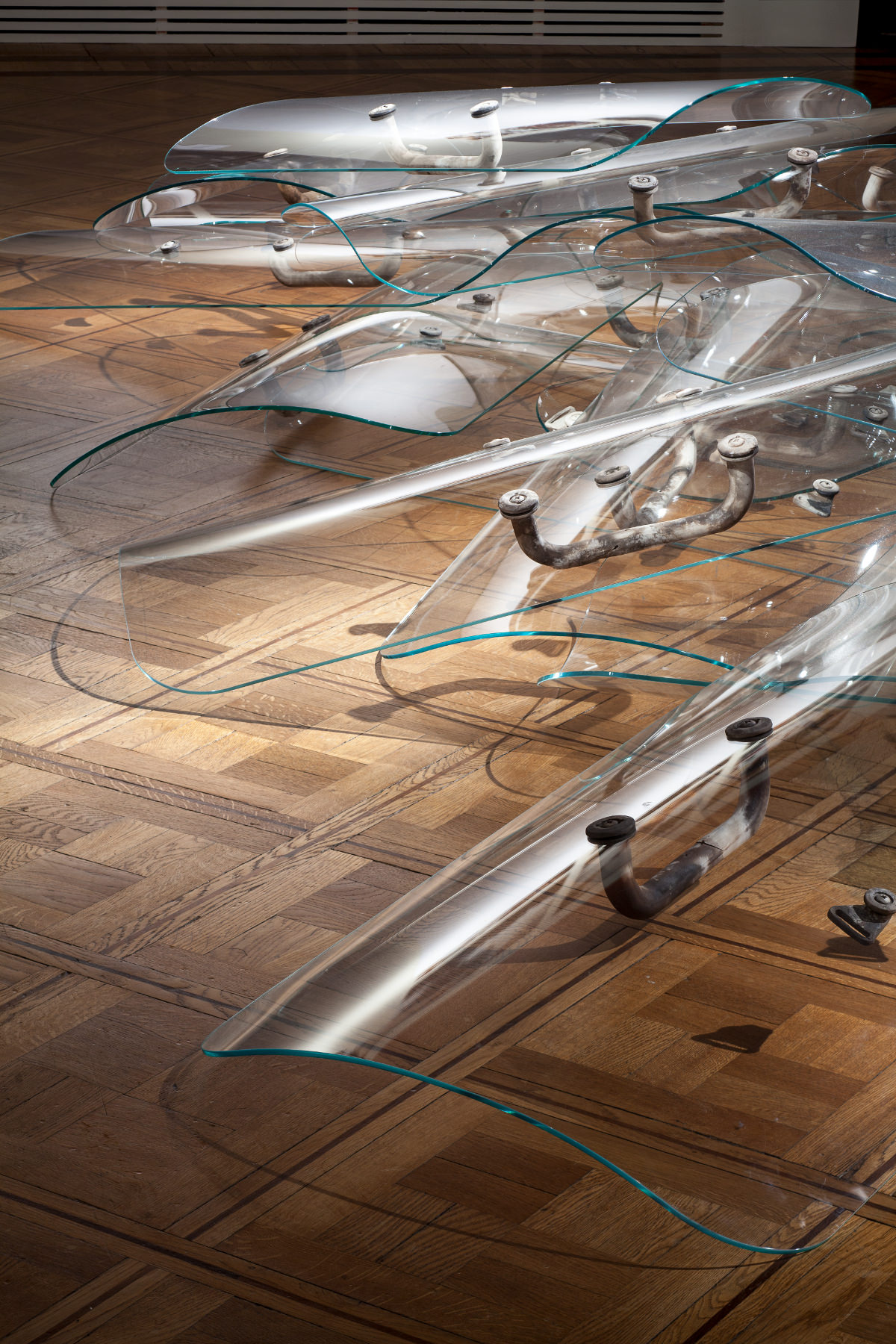
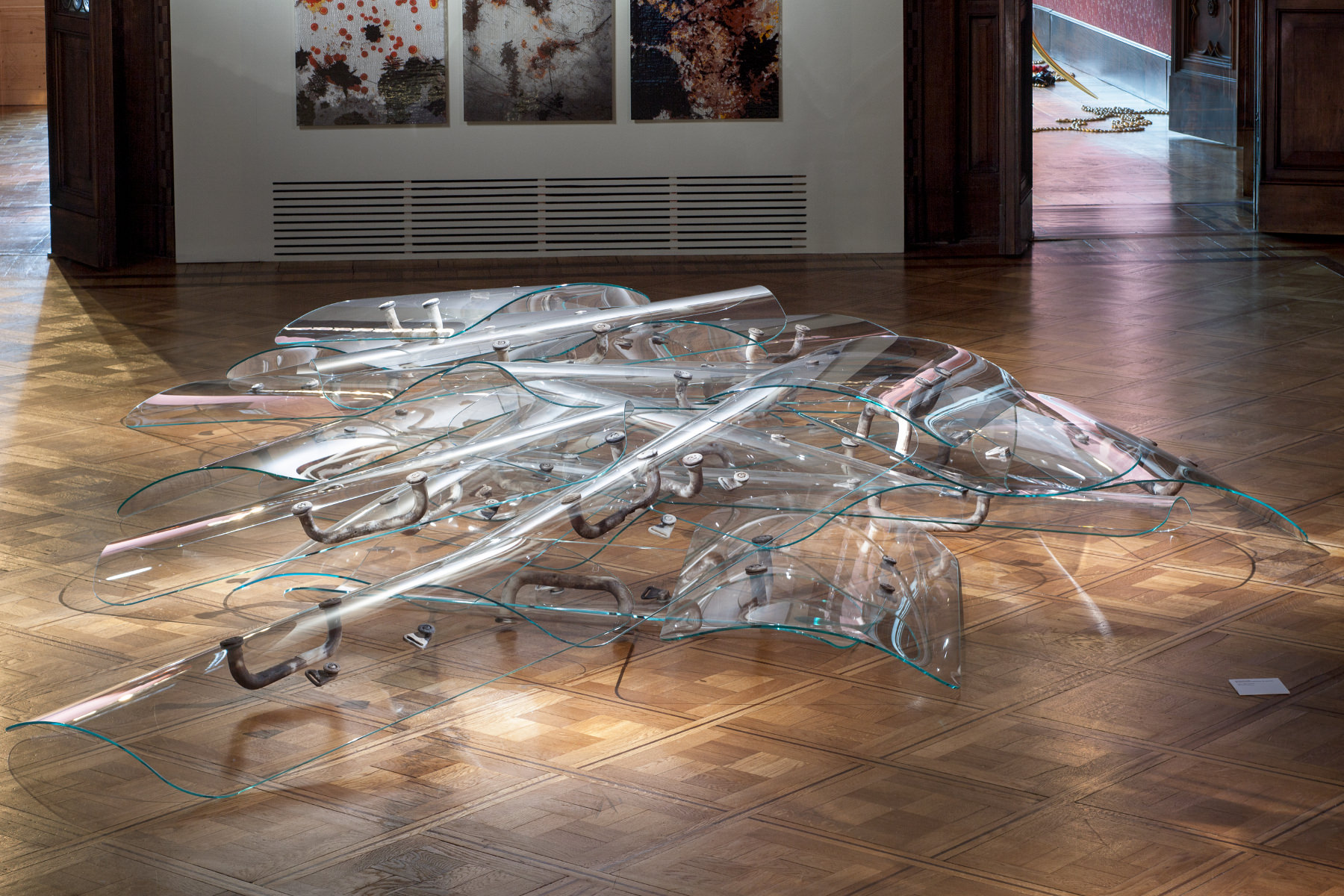
Access Denied, 2011
Mirrored borosilicate glass
85 x 130 x 30 cm
Glasstress Riga, Glasstress Stockholm
